April 6, 2023 - Monument Research Symposium
Every year, the Friends of the Cascade-Siskiyou National Monument is delighted to award a number of grants to undergraduate and graduate students for faculty-supervised research projects that enhance the understanding, appreciation, preservation and/or protection of the Cascade-Siskiyou National Monument. These research projects can, and have, taken many forms including the realms of biology, environmental sciences/education, sociology, arts, humanities, and business.
An essential component of receiving this grant is the presentation of the students’ research at our annual Monument Research Symposium. This research represents many hours spent in our beautiful Monument gathering data and then countless more analyzing it. To ask our three grant recipients from 2022 to distill all of their findings into a 20 minute presentation is no small feat, but they delivered with flying colors.
Our first presenter, Thomas Hillard, is an undergraduate student in Earth Science and Biology at the University of Oregon. He worked with faculty supervisor, Jad D’Allura to map out the rock formations in Jenny Creek Falls as well as a region of tuffaceous rocks, debris flow and lava around Pilot Rock. Specifically, he looked at upper oligocene volcanic stratigraphy in the Colestin Formation and Roxy Formation. Thomas gave us a unique insight into how the geology of the Monument can have a stark impact on the distribution of plants and soils via the movement of water.
Volcanic Lava Flows - Thomas Hillard
Our second presenter, Hilary Rose Dawson, a Ph.D. student from the University of Oregon, took a departure from geology to focus on biology, but still left us firmly grounded in the soil! Hilary used her Monument Research Grant to explore truffle species found in the Cascade-Siskiyou National Monument. Now, most people’s experience with truffles begins and ends in a culinary context, and while there are certainly a handful of culinary truffles found in Oregon, we also learned about the fascinating diversity of non-culinary truffles found just below the surface. These truffles have scents ranging from artificial banana to burnt rubber and serve a variety of essential ecological functions. However, humans aren’t exactly known for their sensitive noses so it was essential for Hilary –aided by her sister, Heather Dawson–to employ a canine friend named Rye! While not physically present at the symposium, you could definitely consider Rye one of the stars of the show. It was with his invaluable sense of smell, rewarded each time he found a truffle with a throw of a tennis ball, that Hillary was able to catalog around 20 species of truffles in only two forays into the Monument. She hopes to go on another foray with Rye this spring and continue DNA analysis of the truffles she has found, including some possibly undescribed species.
Rye finding a truffle! - Hilary Rose Dawson
Our final presenter, Heather Stewart-Ahn, a Master’s student in Biology at Eastern Washington University, focused a sharp eye on an often overlooked resident of the Monument: Lichen! Lichen consist of a symbiotic relationship between a fungal partner and photosynthesizing partner, such as green algae or cyanobacterium. In particular, Heather looked at the rare lichen Umbilicaria phaea var. coccinea. This tiny but mighty lichen is most abundantly found on rocks in exposed areas with profuse basalt in proximity to local waterways. However, what really catches the eye is its bright red color, setting it apart from the much more common brown Umbilicaria phaea var. phaea. Through her survey, Heather identified several new sites within the Monument where this lichen is found and opened up many areas for further study including population genetics and distribution models to explore why it occurs in certain places and not others. There is also the basic query of why this lichen is red in the first place! This particular question is further complicated by Heather’s discovery of chimeric thalli, or lichen with both brown and red varieties found on the same thallus.
U. phaea var. coccinea (red) and U. phaea var. phaea (brown) - Heather Stewart-Ahn
If you are interested in learning more about these projects, the symposium can be watched in its entirety on our YouTube channel at https://www.youtube.com/watch?v=CEePTxlJKnI.
With our 2023 Monument Research Symposium a resounding success, we are looking forward to getting to experience the unique projects that students will propose for this coming grant cycle. Applications are now open and information can be found at https://www.cascadesiskiyou.org/programs . The deadline for applications is May 12, 2023 at 11:59 PM PST.




